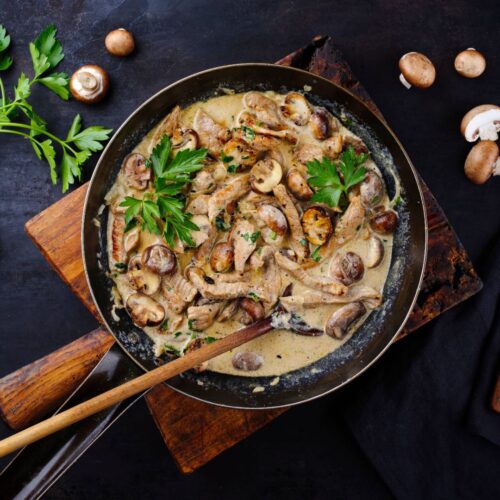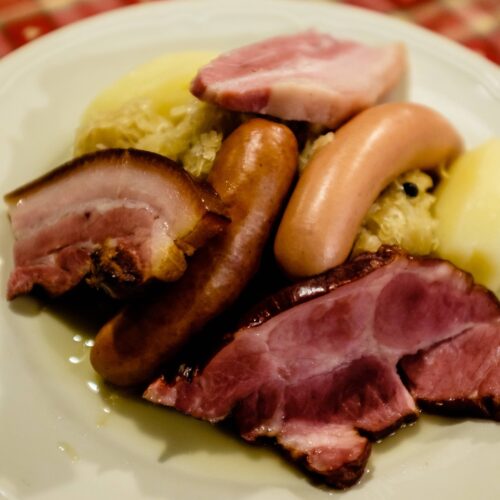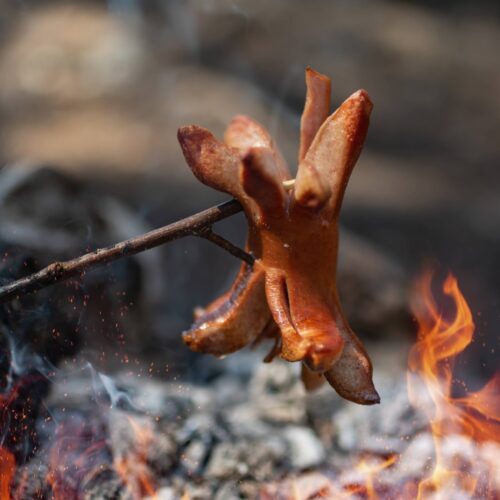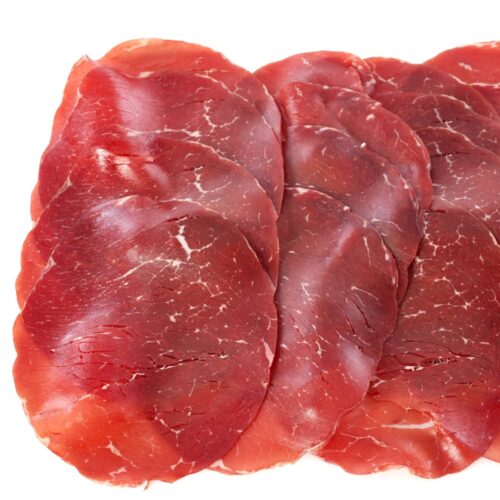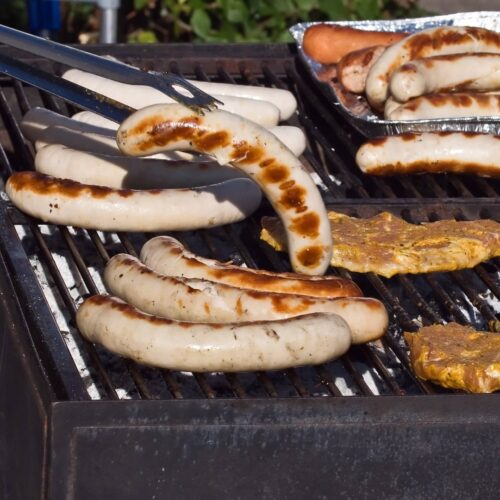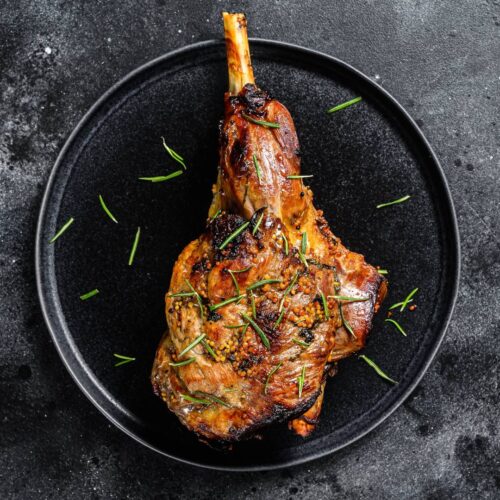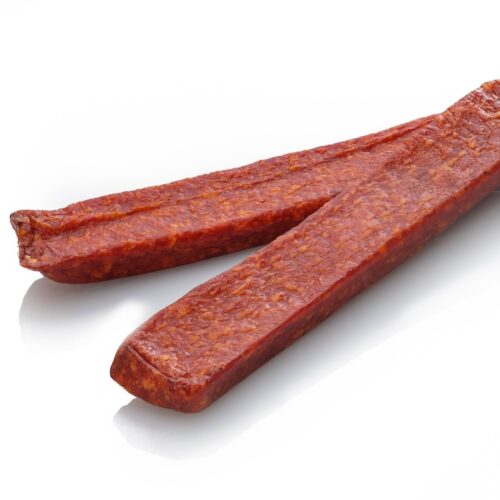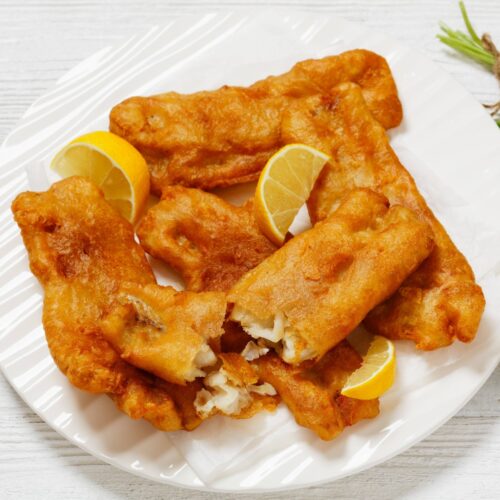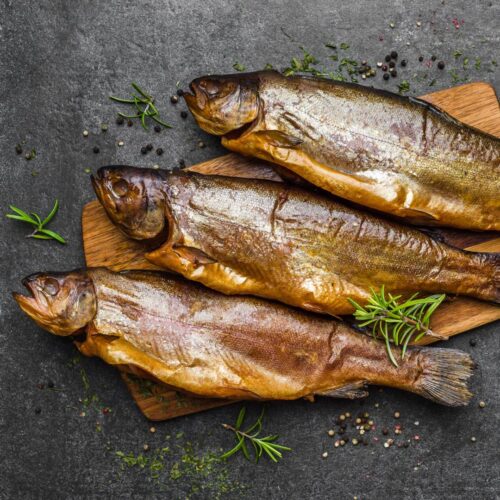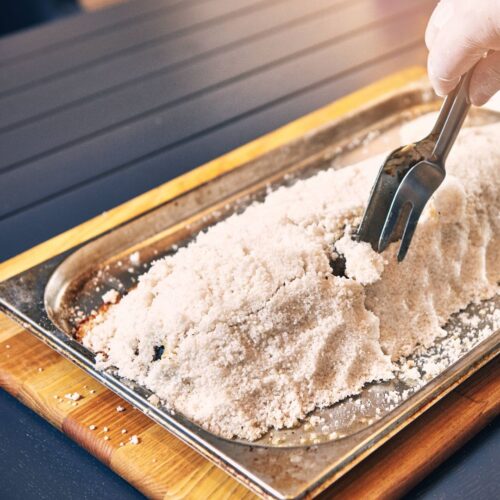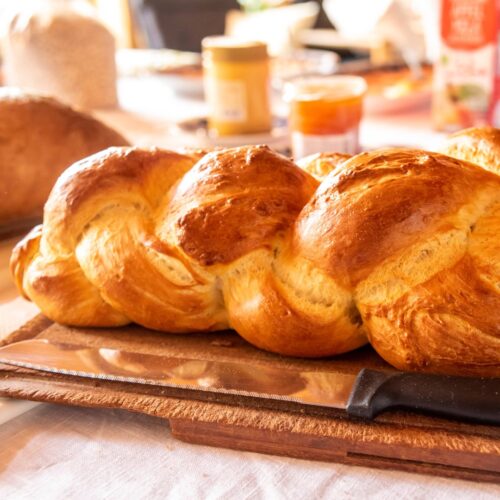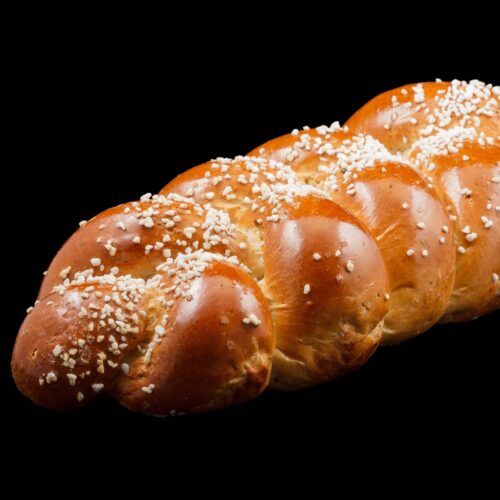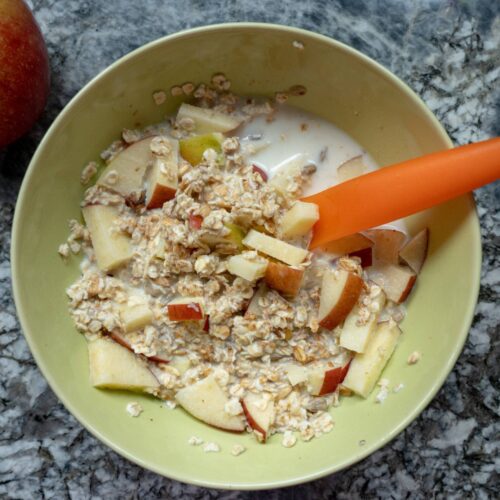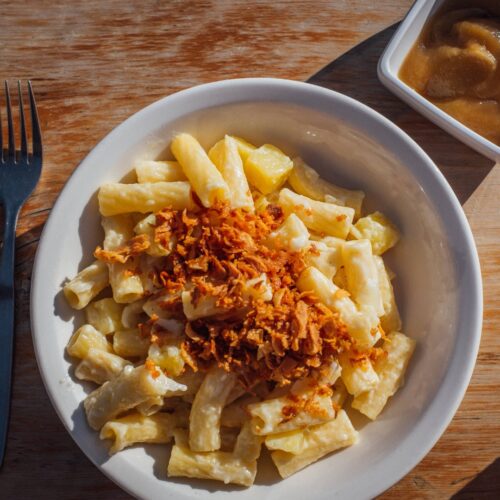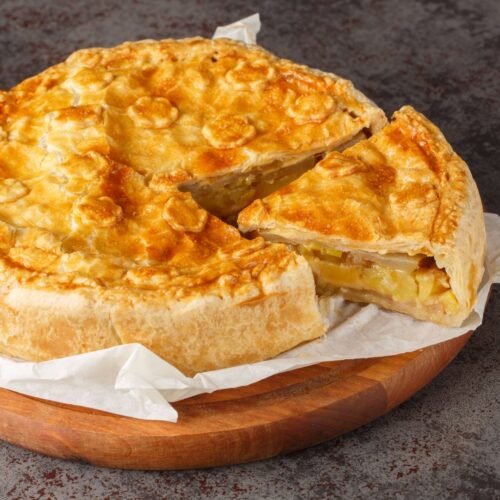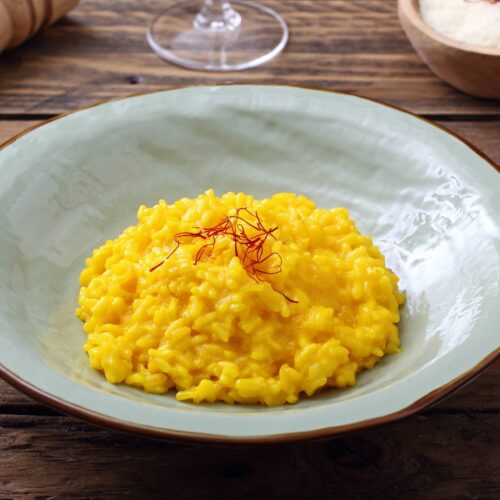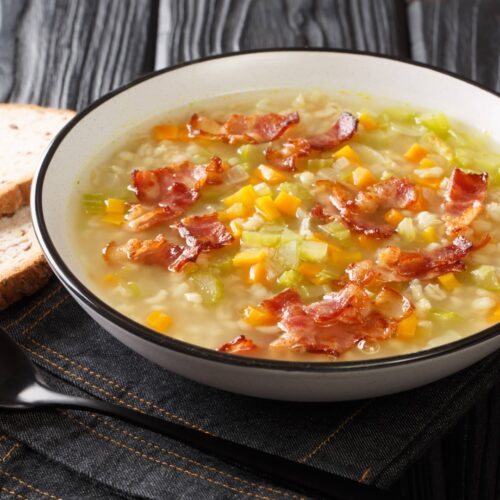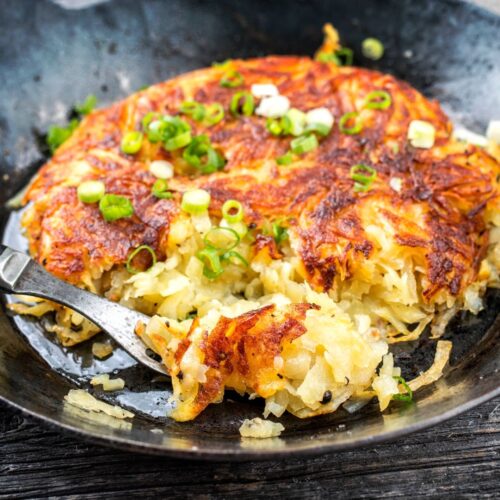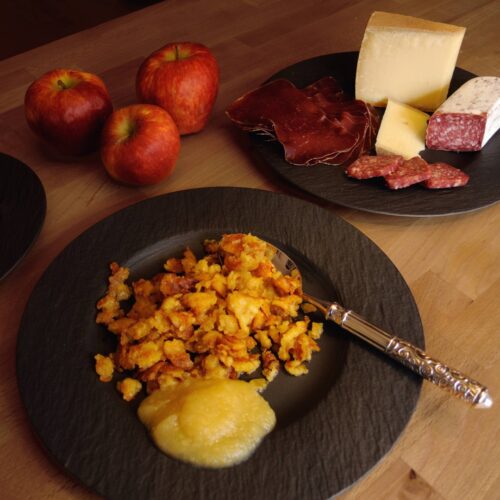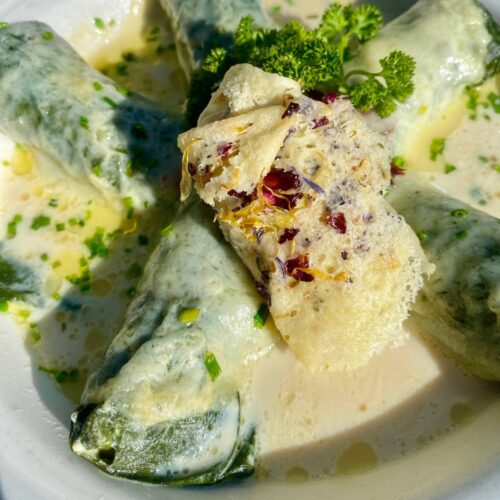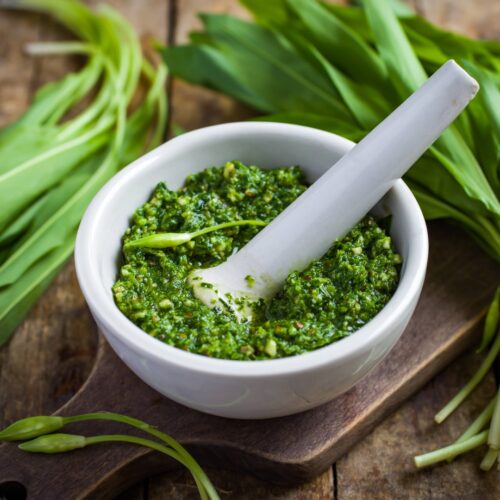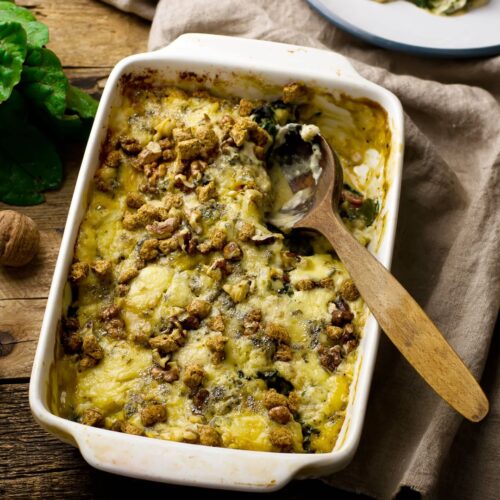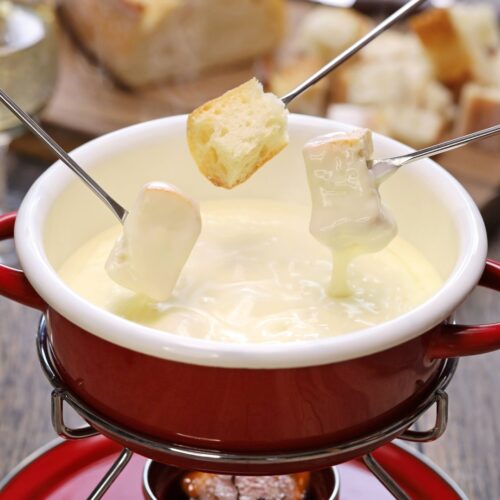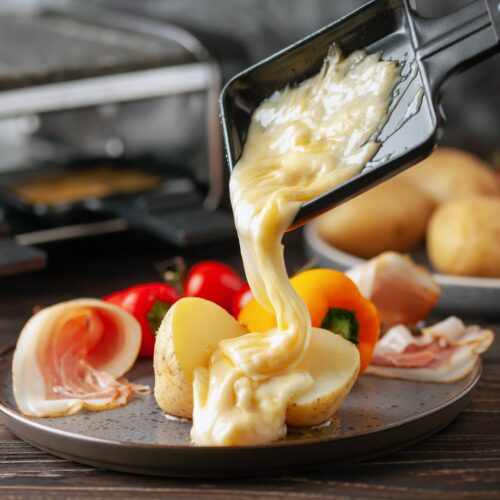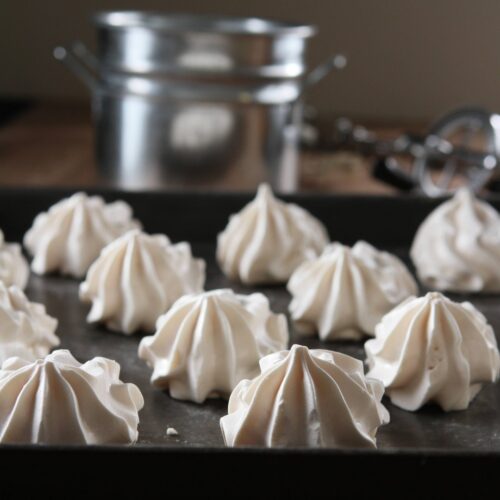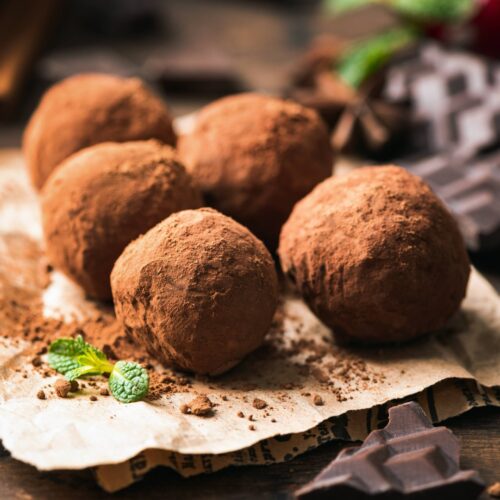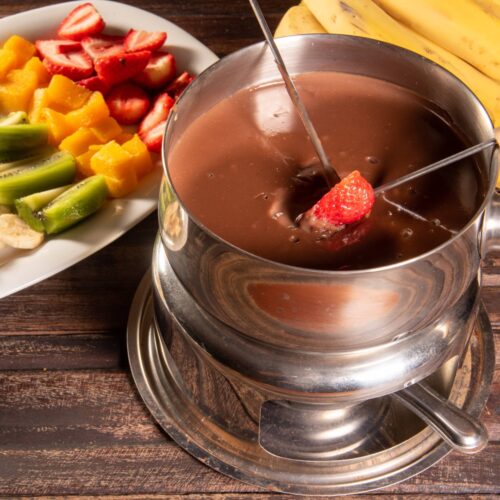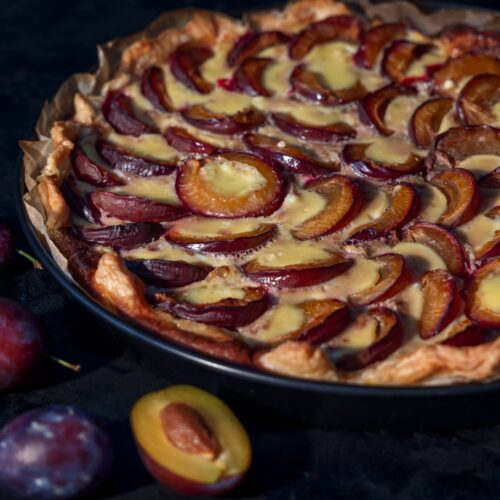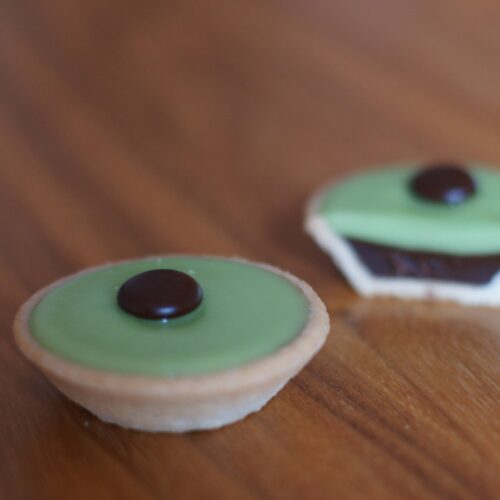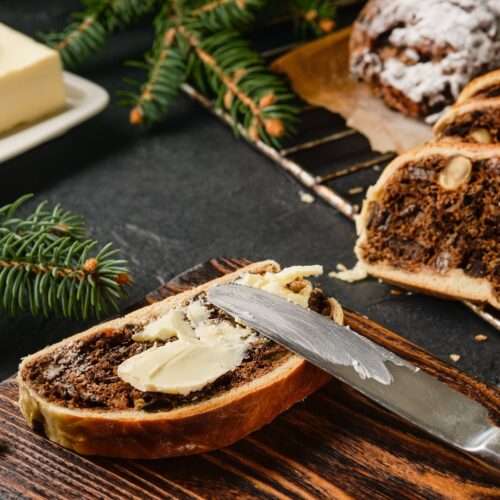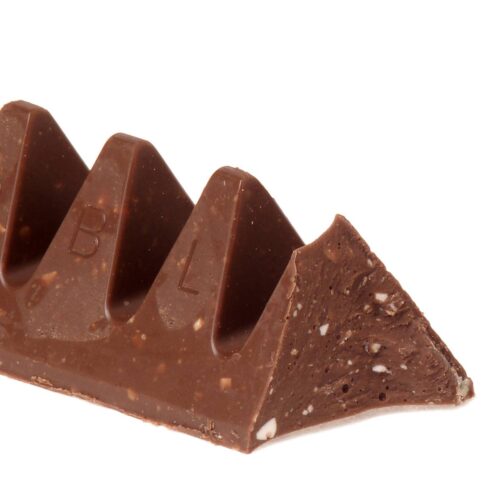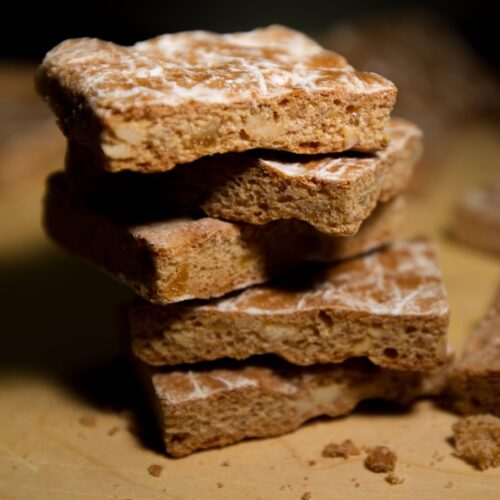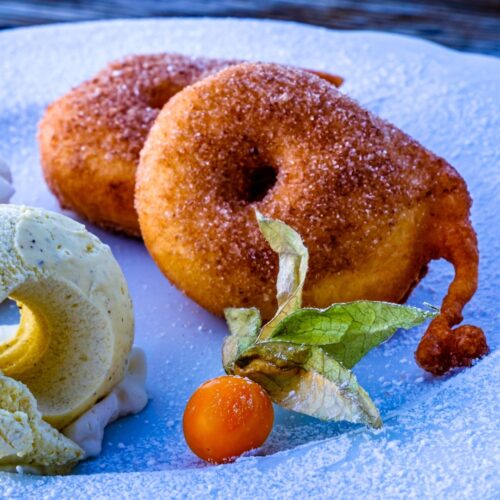ZÜRCHER GESCHNETZELTES – a signature dish from Zürich made with thinly sliced veal in a cream and mushroom sauce. Historically, it was created as a way to use the more tender cuts of veal in the 19th century.
CORDON BLEU – breaded veal or pork cutlets stuffed with ham and cheese, fried until golden. A popular Swiss interpretation of a European classic.
BERNER PLATTE – a massive feast dish from Bern featuring multiple types of meat: smoked pork, beef tongue, bacon, pork ribs, sausages (including bradwurst), and ham. Legend says it originated in celebration of the Bernese victory over the French in 1798.
CERVELAT – considered the national sausage of Switzerland. It’s a lightly spiced sausage made from beef, bacon, and pork rind that can be grilled, boiled, or eaten cold. It’s so culturally significant that there was a national crisis in 2008 when there was a shortage of Brazilian cow intestines used for the casing.
BUNDNERFLEISCH – is air-dried beef from Graubünden canton, made by curing beef in herbs and spices before air-drying it for several weeks at high altitude. This preservation method dates back to medieval times.
KALBSBRATWURST – a distinctive veal sausage from St. Gallen that must contain at least 50% veal by law. It’s traditionally served with rösti and onion sauce.
SAUCISSON VAUDOIS – a smoked pork sausage from the Vaud region, typically served with leek and potato dishes or in stews.
LAMMGIGOT – a roasted leg of lamb, often prepared with herbs and garlic, reflecting Swiss appreciation for alpine lamb.
LANDJÄGER – dried, smoked sausage that’s popular in neighboring Alpine regions. It has a distinctive rectangular, flattened shape and a dark reddish-brown exterior. Made primarily from beef and pork, seasoned with spices like pepper, garlic, and juniper berries.
